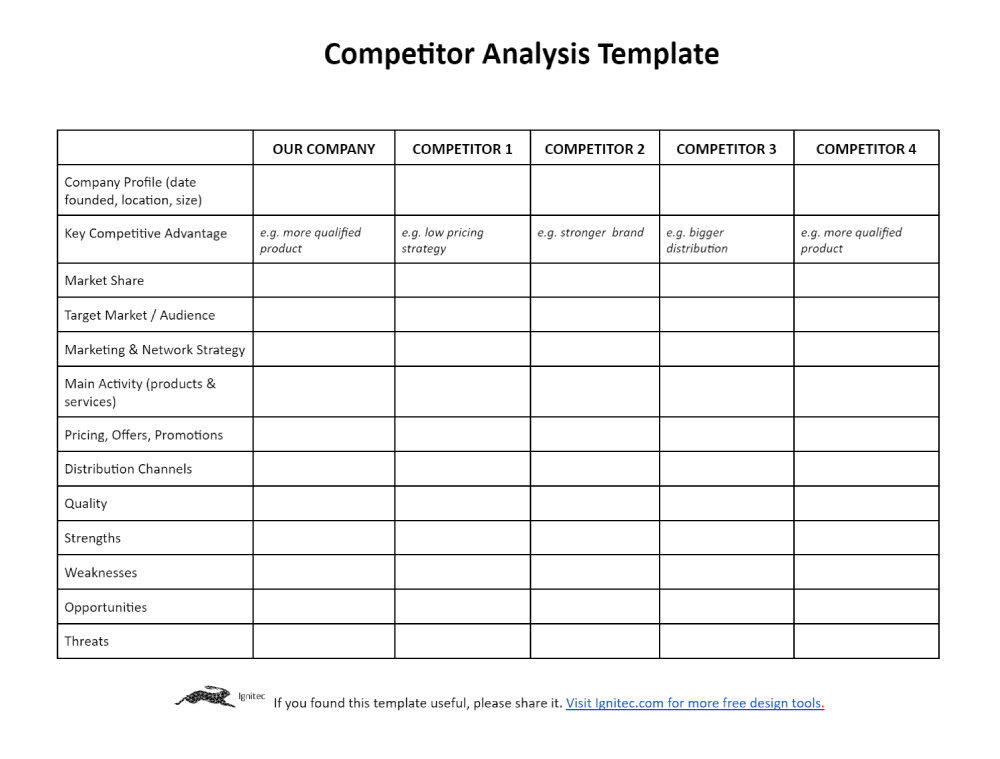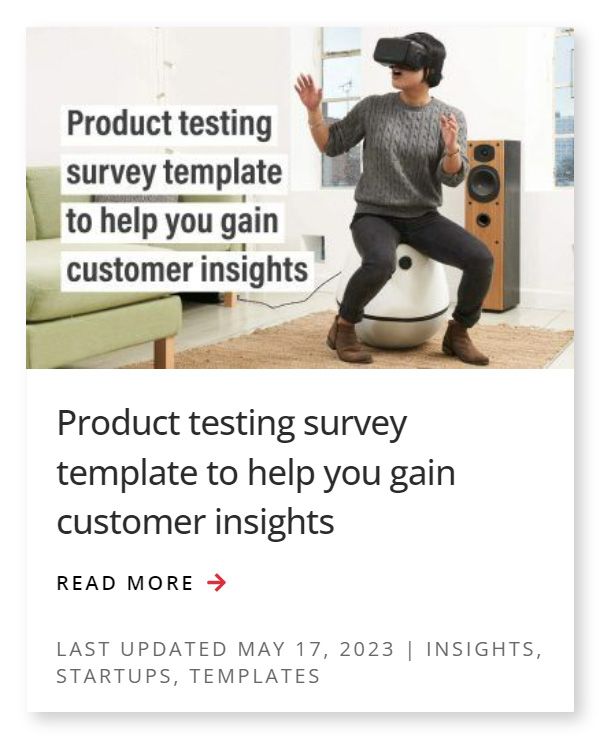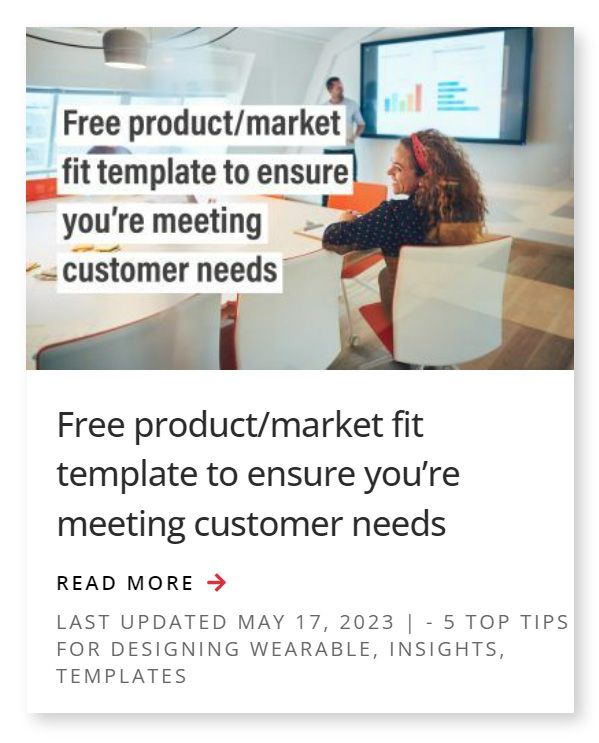We are an award winning product design consultancy, we design connected products and instruments for pioneering technology companies.
A competitor analysis template to fine-tune your unique selling points
Reading time 7 mins
Key Points
- Understanding who or what your competition is and the unique selling points that differentiate your product and add value to the customer/user is crucial to market success
- Our competitor analysis template will help you gather the information needed to develop competitor intelligence
- Insights gained identify what your strengths and unique selling points are, satisfy gaps in the market, and develop strategies to ensure your brand and products are well positioned
- In-depth analysis requires time and effort, but sharing the load with your team will help to reduce it and provide more comprehensive results
- Building a framework to identify patterns and where you fit into them is what helps to differentiate extraordinary products and iconic brands
Ready to start developing your new product?
Call us for a quote!
Ben Mazur
Managing Director
I hope you enjoy reading this post.
If you would like us to develop your next product for you, click here
Depending on the type of product innovation you’re developing, the types of competitors you’re up against will vary. New or disruptive technologies have to shift entire markets (e.g. replacement competitors such as Netflix). Incremental innovation aimed at improving existing products (e.g. laptops, smartphones, tablets) faces direct competition. In contrast, products introducing new features will likely have more indirect competition. Understanding who or what your competition is and the unique selling points that differentiate your product and add value to the customer/user is crucial to market success. Download and use our competitor analysis template to:
- Better understand and identify gaps in the market
- Weigh your competitor’s strengths and weaknesses
- Fine-tune your unique selling points (USP)
- Reveal where your vulnerabilities are
- Develop customer insights
- Learn from mistakes others have made
- Develop an awareness of competitor pricing
- Reduce risk
- Choose a market entry strategy and sell more effectively
An additional benefit to conducting a competitor analysis is that it will help you define the amount and type of resources you’ll need to invest in to gain an advantage. Lastly, if you’re using any of our other templates, such as the Lean Business Plan, Product Testing Survey, or Product/Market Fit Template, our competitor analysis template will help further develop your business growth and brand development strategies.
 Competitor analysis
Competitor analysis
Download our free template
Suggested articles
Use this template to develop your business’ competitive intelligence
Competitive Intelligence (also known as corporate intelligence) refers to your ability to gather, analyse, and use information on factors that affect your company’s competitive advantage (e.g. competition, customers, market size). Download our template and use it as a starting point to develop this intelligence and fine-tune your unique selling points. Gathering information can be time-consuming, but sharing it with your team and enabling everyone to contribute will lighten the load and allow for more comprehensive insights (i.e. sales and marketing teams will view competitors from a different lens than device engineers).
Tips to help your with competitor research:
1. Google Search & Keyword Ranking
Pretend to be a potential customer searching for your product (e.g. GPS dog collar, Bristol), and make a list of the companies listed on the first page. Rank them depending on how they relate to your business directly (based in Bristol and primarily sells wearable trackers for dogs) and indirectly ( a UK pet shop selling clip-on trackers for dog collars).
- Use a keyword research tool to see what topics your competitors are ranking for. Do they rely entirely on industry-specific queries or branch into other topics? What pages are bringing in the most traffic?
- Which keywords are your competitors targeting and ranking for?
- Are there any keywords they aren’t targeting? How can you use this to identify underserved customers?
- How can you use these insights to differentiate your messaging and rank for more targeted keywords?
2. Social Media & Online Retail Research
Social media and online retail (e.g., Amazon and Shopify) are excellent sources for gathering free customer opinions and product reviews. Positive reviews represent fulfilled desires, but negative reviews or expressed disappointment offer valuable opportunities to satisfy an audience and differentiate your brand.
3. Market Research
How are your competitors’ products priced, and how are they promoted? Where do they sell their products, and how do they reach their customers? What type of tone and wording (e.g. playful and lighthearted, or formal and jargon-filled) do they use to engage with their customers? Visit their website’s about, blog, or news pages to gather more insights.
4. Content Strategy
What type of content (e.g. YouTube product tutorials, blogs, podcasts) is most popular with competitor audiences? Which generates the most traffic or engagement? How are your competitors engaging audiences with stimulating conversations and improving their experiences?
5. SWOT Analysis
What are your strengths and weaknesses?
What opportunities and threats are present in the industry and markets?
Examining your internal and external environment gives you a further opportunity to piece together your competitive strategy and build competitor intelligence. There will inevitably be things that other brands do better, but this will help you to pinpoint your strengths, see where your opportunities lie, and communicate them.
Competitor analysis is an ongoing process, and building upon this template will help you develop a clear outlook to make effective positioning decisions. Additional tools which will help you fast-track the information-gathering process include:
- PI Datametrics: Helps to analyse trends and audience intent in your industry
- SimilarWeb: Effortlessly analyses your competitor’s digital landscape
- Brand Watch Audiences: Provides insights into the people who follow your competitors on social media platforms (e.g. influences they listen to and the content they share)
- Ahrefs and SEMRush: Sophisticated SEO (search engine optimisation) tools to analyse how your competitors are doing online
Did you find this competitor analysis template useful?
The time and effort put into developing competitive intelligence and building a framework to analyse the competition might seem like a task for the someday-when-we-have-time list. Still, there is gold to be found here.
When you have a clear picture of the solutions customers are looking for, the choices they have, and how they feel about them, patterns begin to emerge. Identifying those patterns and where you fit into them is what helps to differentiate unique products and iconic brands.
We hope this competitor analysis template helps you do that!
Comments
Get the print version
Download a PDF version of our article for easier offline reading and sharing with coworkers.







0 Comments